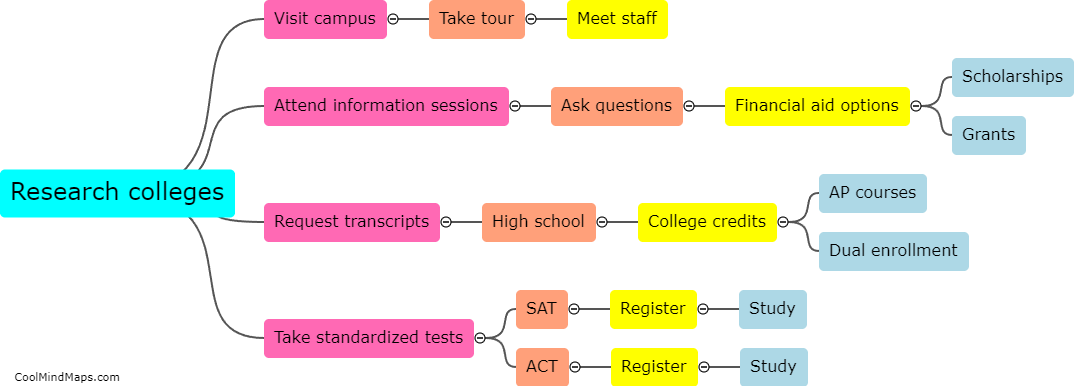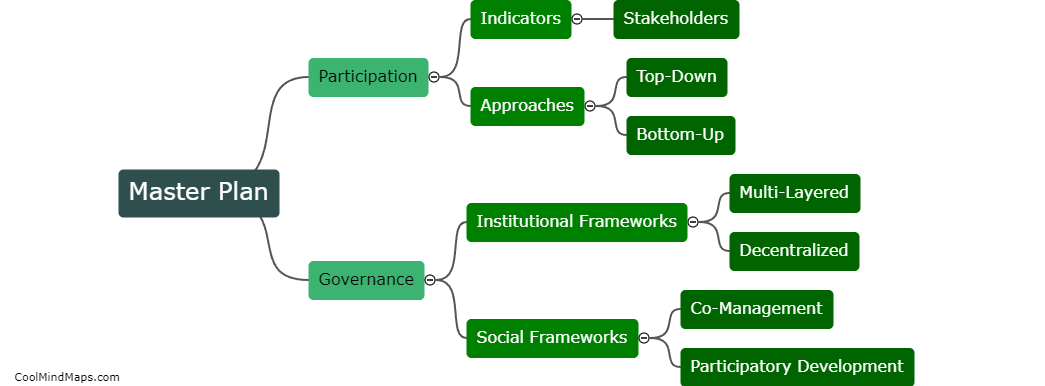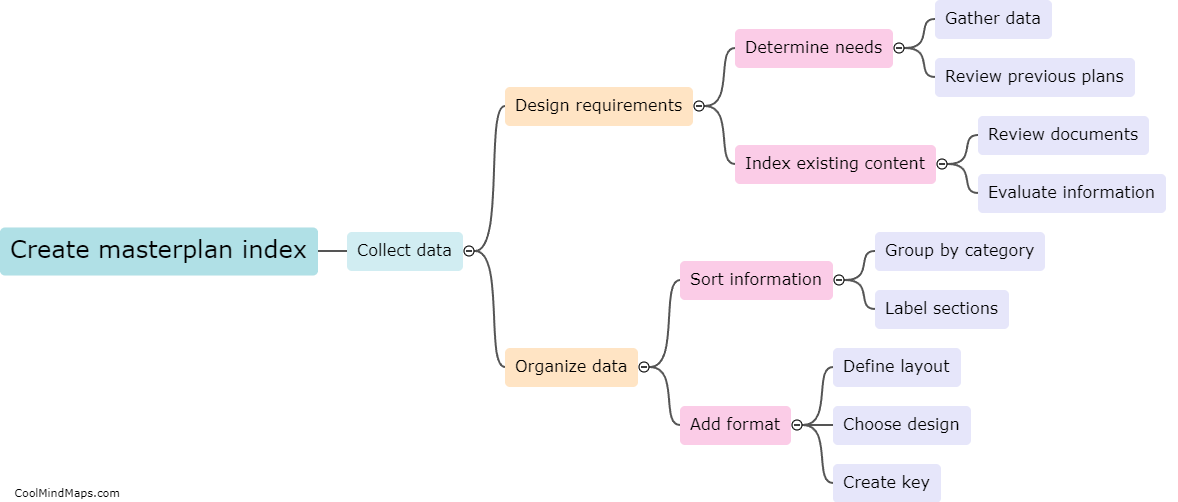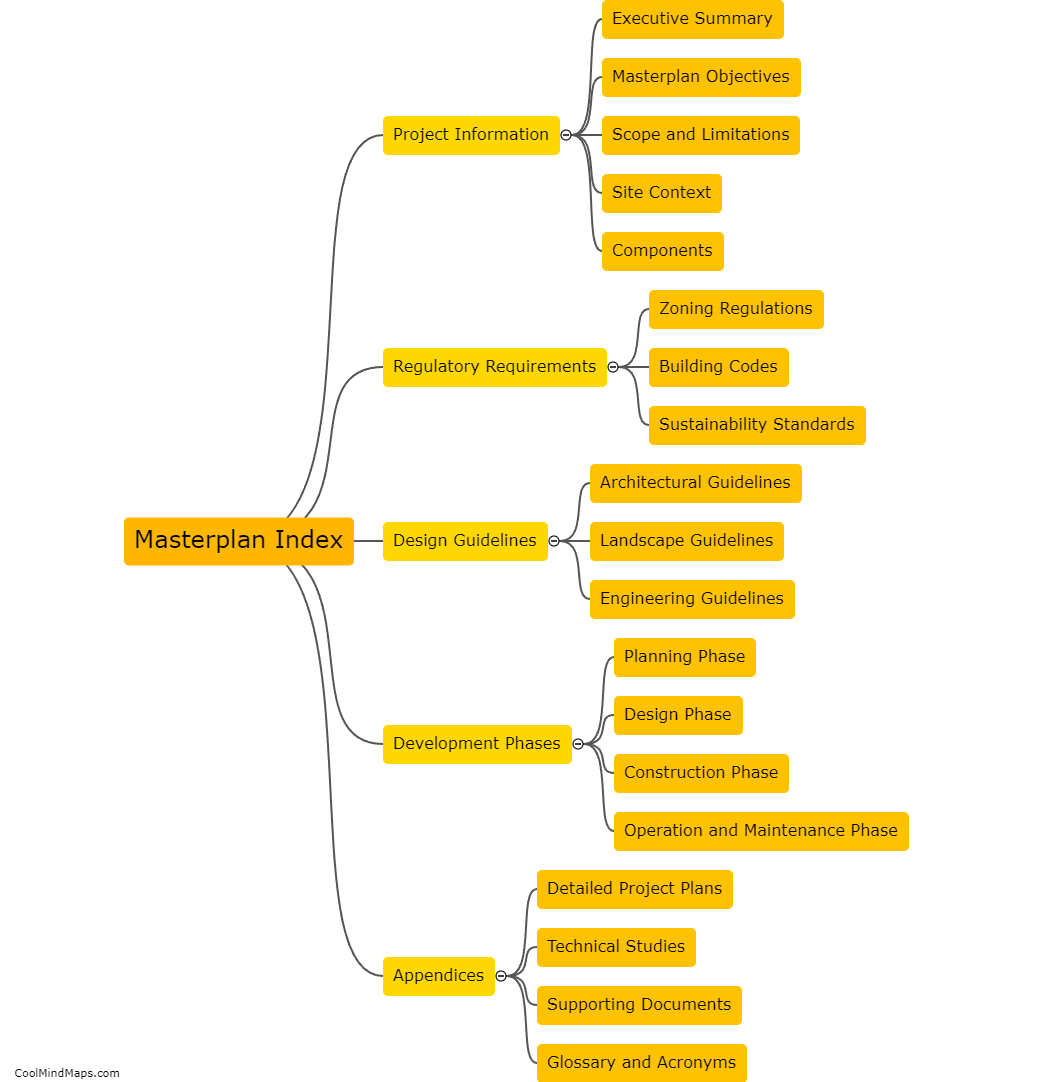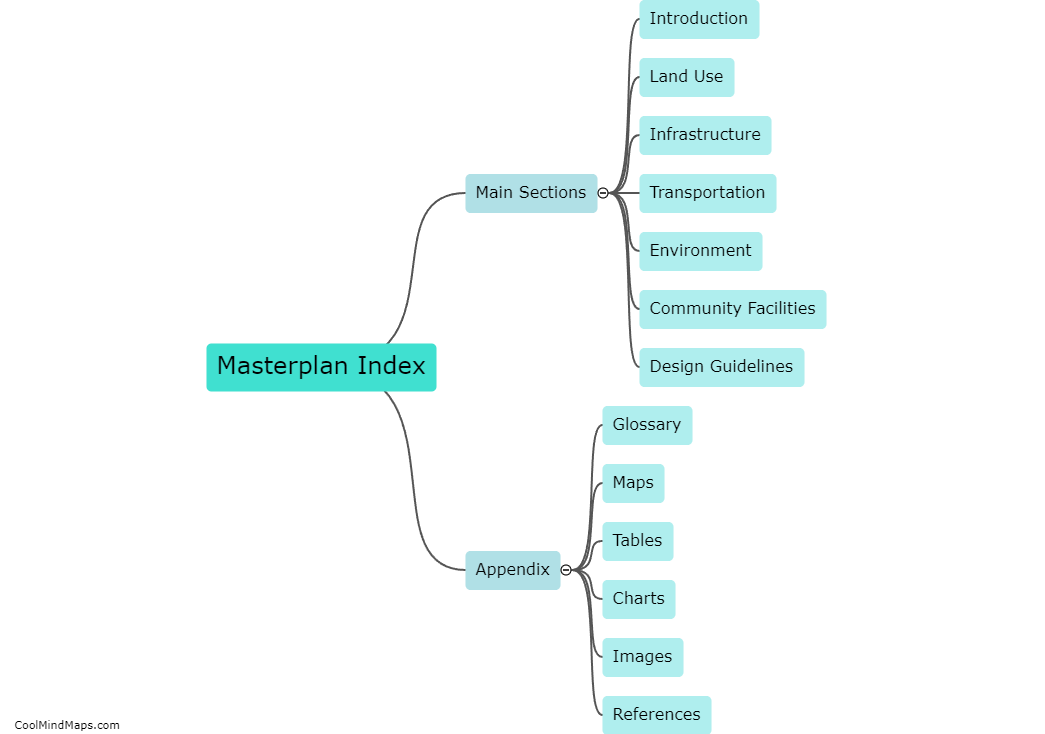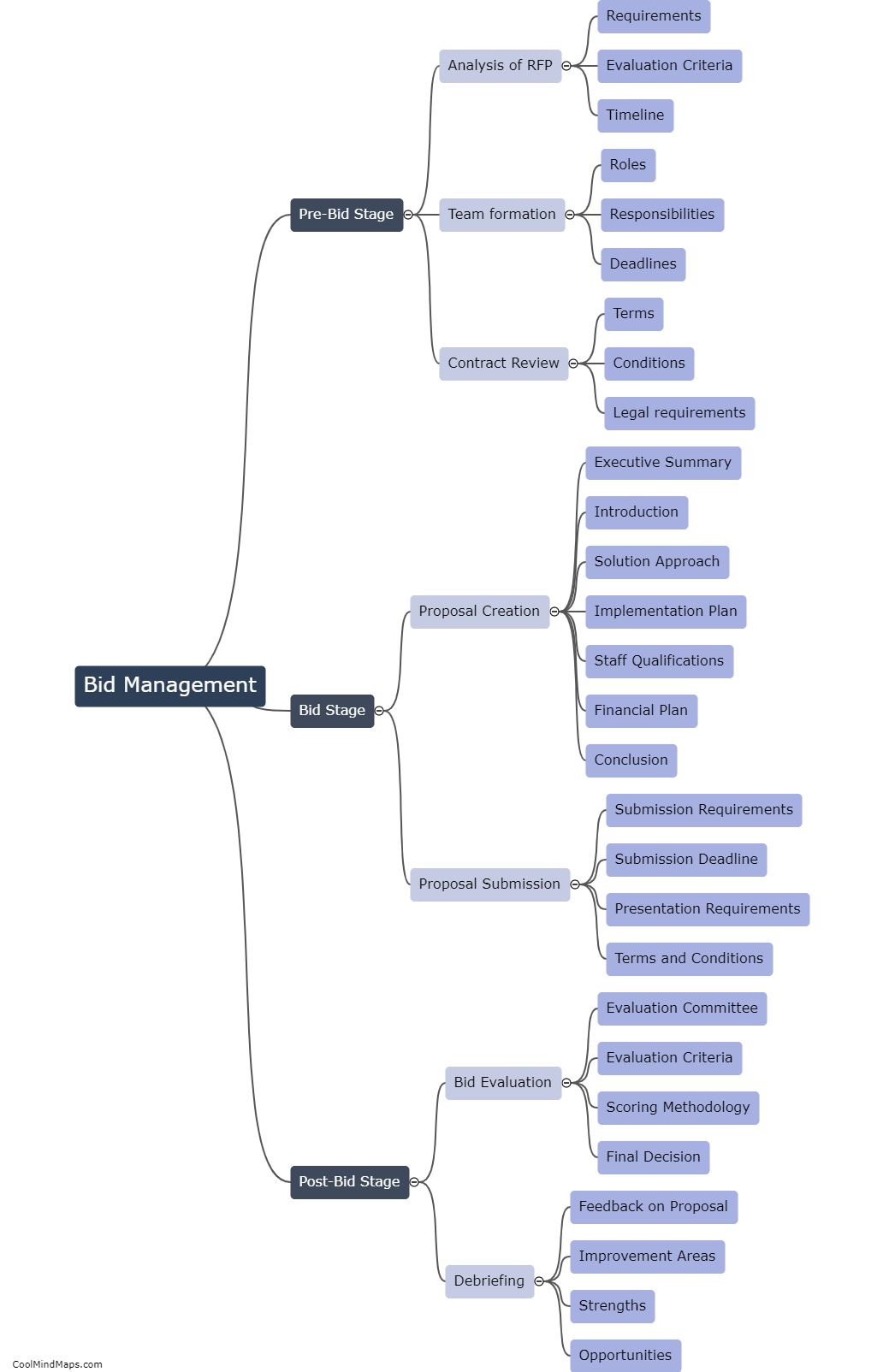What are the steps of primary hemostasis?
Primary hemostasis is the first stage of the process of blood clotting. The primary goal of primary hemostasis is to prevent excessive blood loss from injured blood vessels. There are four steps in primary hemostasis: vasoconstriction, platelet adhesion, platelet activation, and platelet aggregation. Vasoconstriction is the narrowing of blood vessels to reduce blood flow to the affected area. Platelets then adhere to the damaged vessel wall and become activated. Activated platelets release chemicals that help attract more platelets to the site of injury and promote clot formation. Finally, these platelets aggregate together to form a clot that seals the wound and stops bleeding.

This mind map was published on 5 May 2023 and has been viewed 199 times.

